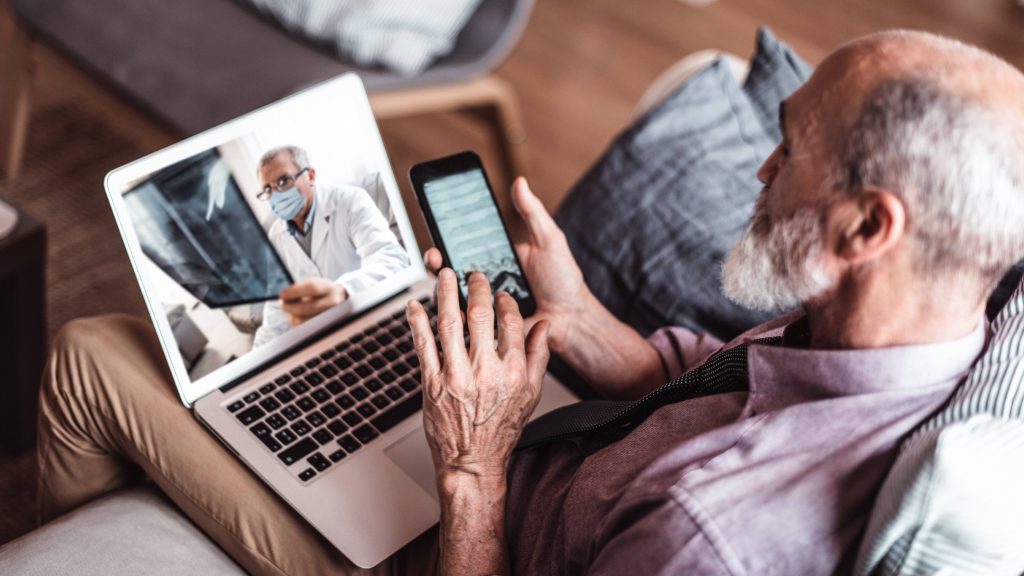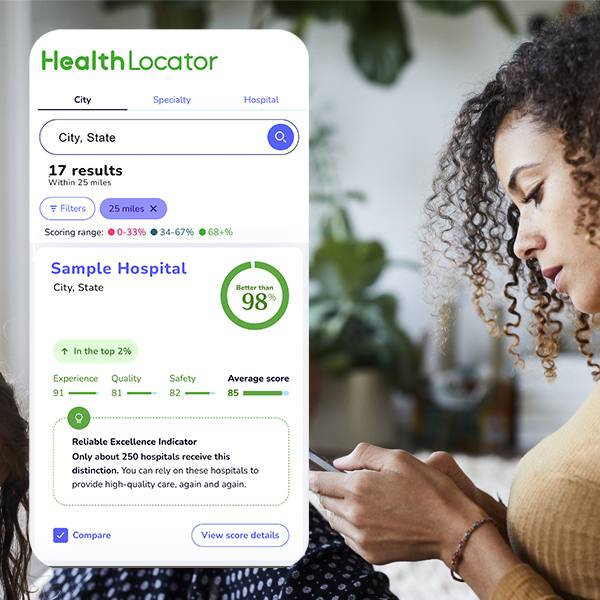
In health care, one of the biggest changes during the COVID-19 pandemic was the expansion of telemedicine. Virtual visits have been used in many specialties, including orthopedics and orthopedic surgery. While the use telemedicine escalated out of necessity during the pandemic, Dr. Shawn O’Driscoll, a Mayo Clinic orthopedic surgeon, believes its use will continue to be used going forward.
"I think that the advantages to patients are really going to be the driving forces behind this," says Dr. O'Driscoll. "I think the key advantages are those that relate to access, convenience and cost."
While orthopedic surgery still requires in person appointments, telemedicine is beneficial for these patients before and after the operation.
"I've been very impressed with the ability to assess patients properly, even new patients, through telemedicine," says Dr. Joaquin Sanchez-Sotelo. a Mayo Clinic orthopedic surgeon. "When they come for surgery, they've already been evaluated, and there are no surprises. And after surgery, they can go home and follow-up care can be done virtually."
On the Mayo Clinic Q&A podcast, Drs. O'Driscoll and Sanchez-Sotelo discuss how telemedicine is helping orthopedics reach patients in new ways.
Watch: Dr. O'Driscoll and Dr. Sanchez-Sotelo discuss telemedicine.
Read the full transcript.
____________________________________________
For the safety of its patients, staff and visitors, Mayo Clinic has strict masking policies in place. Anyone shown without a mask was recorded prior to COVID-19 or recorded in an area not designated for patient care, where social distancing and other safety protocols were followed.
Related Articles







